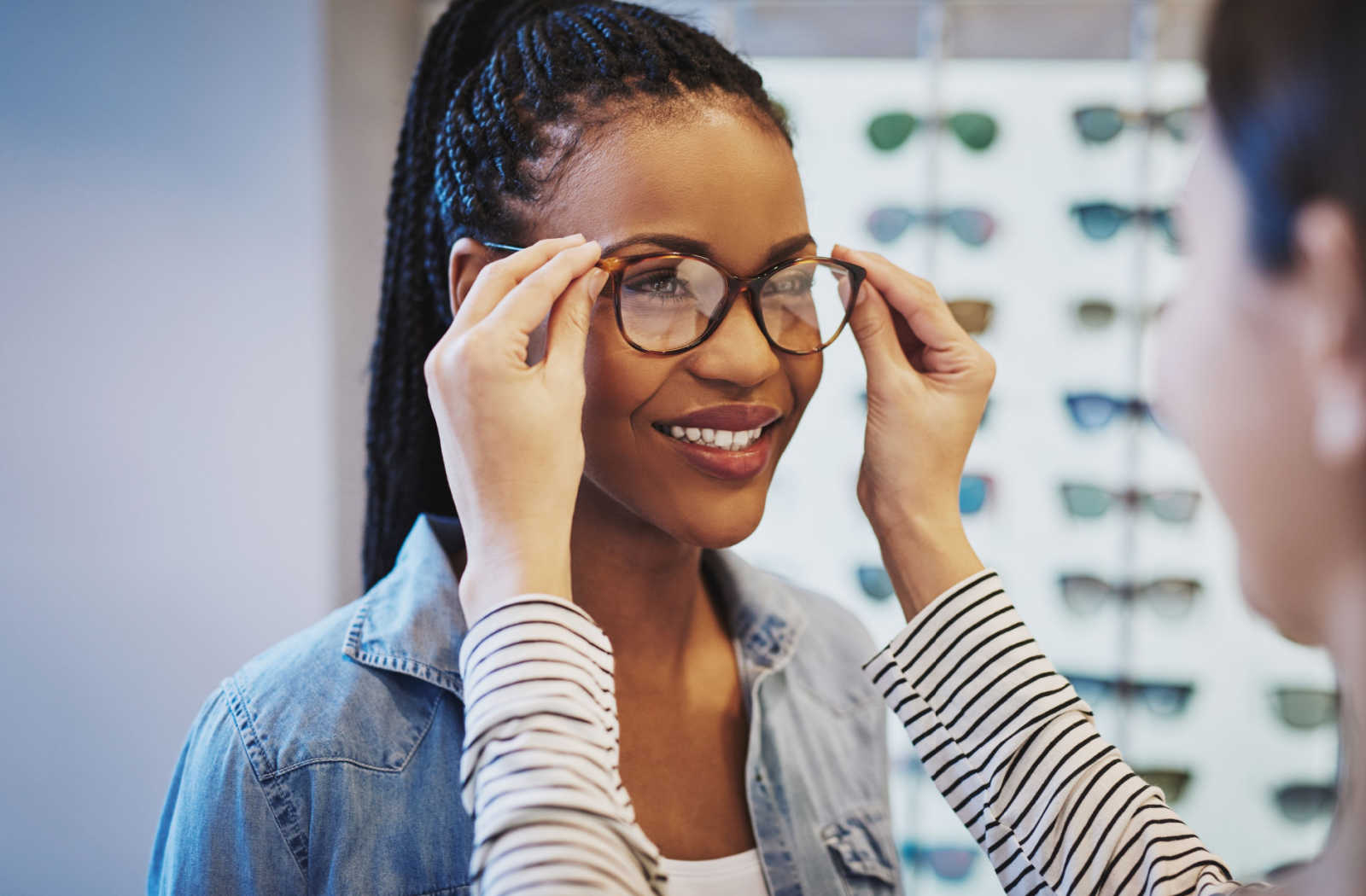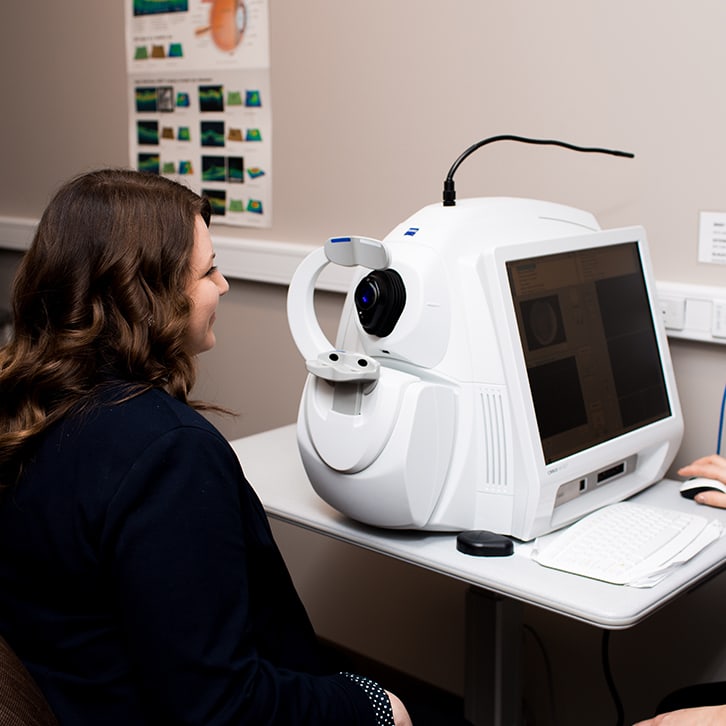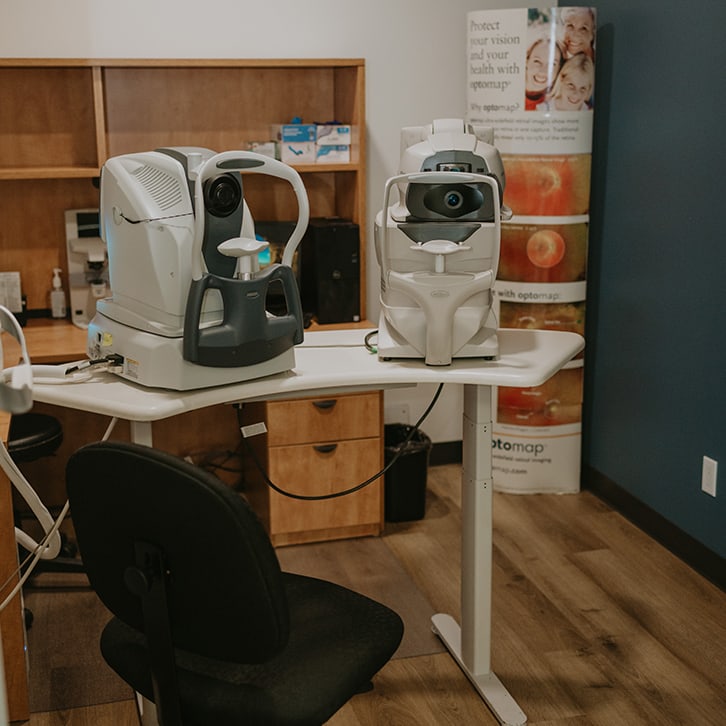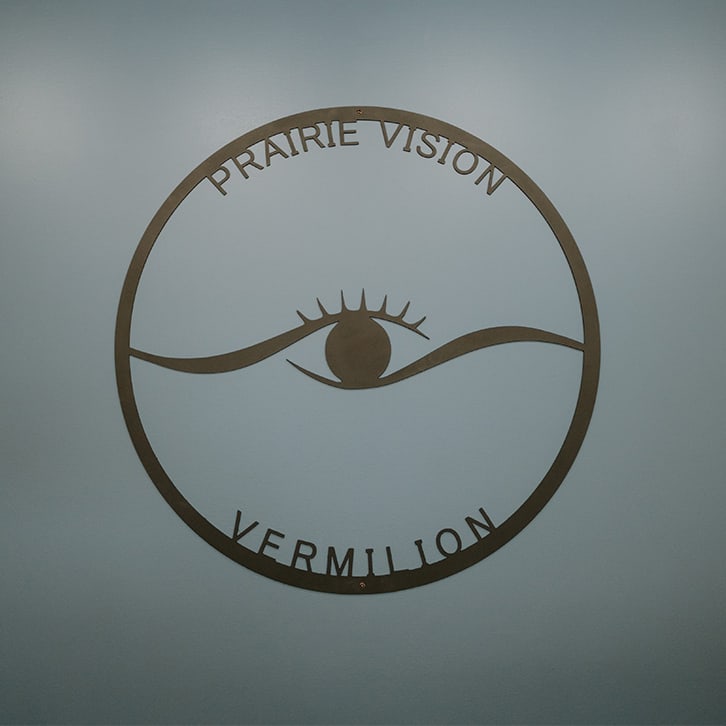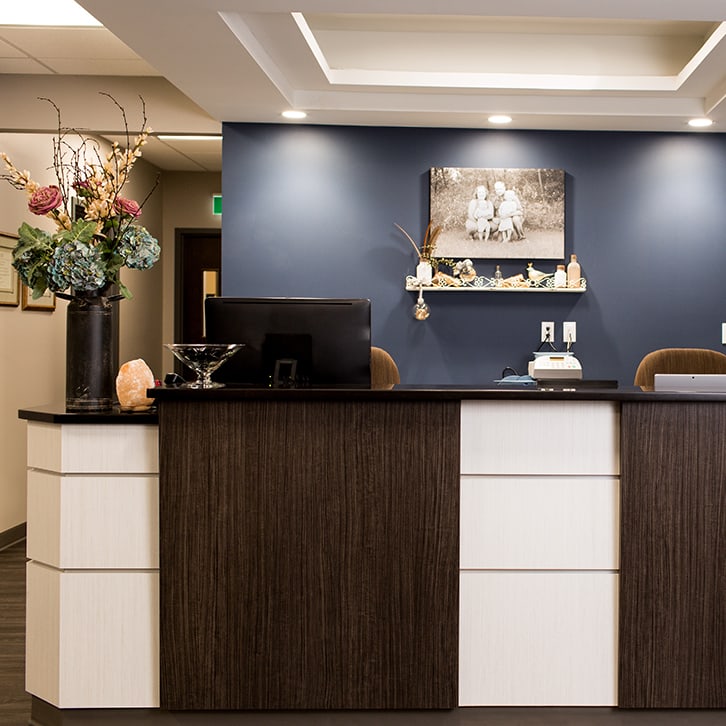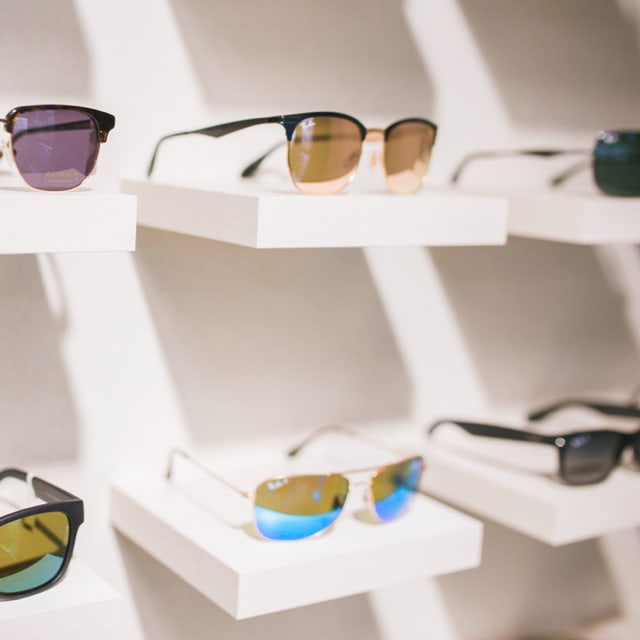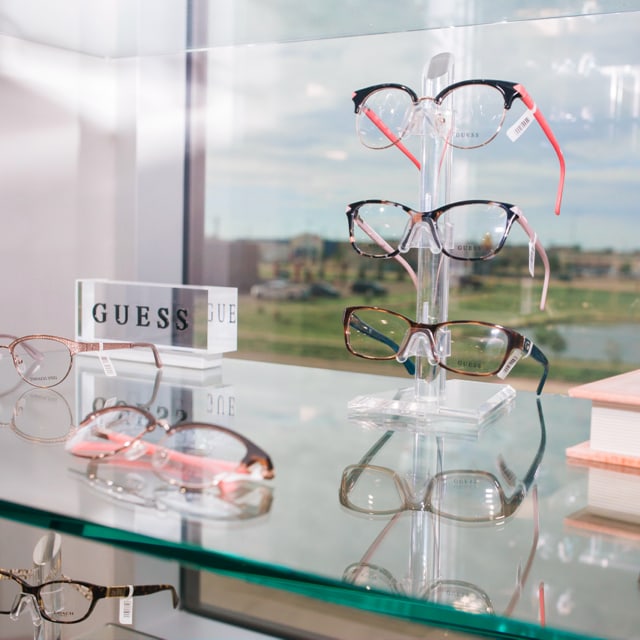Many people need glasses to help them see, but only some know how to find a properly fitted frame for their face. A good pair of glasses should rest comfortably on the bridge of your nose and not press against your brow or cheeks.
However, they shouldn’t be so close to the tip of your nose that they slip when you wrinkle your nose or squint. Fortunately, we’re here to help you get your glasses to sit perfectly and comfortably on your face.
We’re knowledgeable and skilled at helping our patients choose the right glasses. Let’s discuss the important elements that will help you choose the next pair of glasses with the most comfortable fit.
How Should Glasses Fit?
Choosing glasses is about more than just your personal style; it’s also an essential part of eye care. Even if you love your frames, you can experience eye strain, vision problems, or unpleasant side effects like nausea or headaches if they don’t fit correctly.
You should make sure your glasses fit on your:
- Eyes
- Nose
- Cheeks
- Temples
Eye Fit
Your eyeglass frames should be horizontally aligned with the centre of your eyes and shouldn’t extend higher than your brows.
To determine where your eyes align with your lenses, your pupillary distance (PD), the distance between your pupils in millimetres, must be measured.
When you look straight ahead, the centre of each lens should be in the centre of each pupil. It’s important to get this right if you want your glasses to fit and function properly. Your optician will take careful measurements of your eyes to ensure your new glasses align properly!
Nose Fit
Glasses should rest on your nose without slipping or leaving red marks. You shouldn’t have to fiddle with your frames because they should feel balanced or evenly distributed across the bridge of your nose.
The nose pads must be adjusted inward if your glasses slide down your nose or sit too low. You’ll adjust them outwards if they pinch or sit too high on your nose. Make sure the nose pads are even on both sides.
When you wear your glasses, the nose pads should also be unnoticeable. They may be too wide if they’re too visible.
If your glasses continue slipping down your nose after adjusting the nose pads, or if you have frames without adjustable nose pads, carefully bend the temple piece so it angles down and slightly over your ear. The goal is to “hook” them closer to your ears.
It’s best to have a trained optician make these adjustments to avoid damaging your frames.
Cheek Fit
When you smile, your glasses shouldn’t rest on your cheeks. They should be level with your face.
Temple Fit
The temples of your glasses should fit snugly around or over your ears without pinching or feeling uncomfortable. If the width of the frames is just right for the width of your face, your glasses won’t move when you shake your head or look down.

Does Face Shape Matter?
The shape of your face can influence how your glasses fit. Nobody has the same ears, brows, or cheekbones, and these features can affect how different frames will work on different people.
Nose Bridge Height
If you’ve ever spent an afternoon trying on eyeglasses, you’re probably aware that not all frame styles, no matter how snugly they fit on your nose, will be flattering or comfortable on you.
The shape and placement of the nose bridge can make or break the fit and appearance. When looking at frames, note where the bridge is in relation to the brow line.
If you have a high nose bridge (above your pupils), look for frames with bridges in line with or close to the brow line. If you have a low nose bridge (at or below your pupils), frames with a bridge below the brow line and curved brow lines will look good on you.
Nose Bridge Width
The distance between the lenses from the inside of the rim across the frame is commonly referred to as bridge width. Bridge width is the middle (second) number in the common three-number format used in eyeglass frame measurements.
First, assess yourself in the mirror. Figure out where your nose bridge begins and how wide or narrow your nose is.
If your nose is narrow or your eyes are close together, a lower number, such as 14mm to 18mm, is preferable. Aim for 18mm or higher if your nose is wider or your eyes are set further apart. Metal frames work well for those who are nearly bridgeless because most have adjustable nose pads.
Your optician is the perfect resource for helping you find the right width for your features! They’re trained, skilled, and experienced in determining what measurements suit different faces.
Get the Perfect Fit at Prairie Vision
At Prairie Vision, we carry over 1,000 styles of frames to accommodate all tastes, budgets, and family members. If you’d like to get fitted for the perfect frames, we’d love to help. Book an appointment with us so we can give an accurate measurement for you to find the perfect frames that won’t slip down your nose. Let our family take care of your family!

